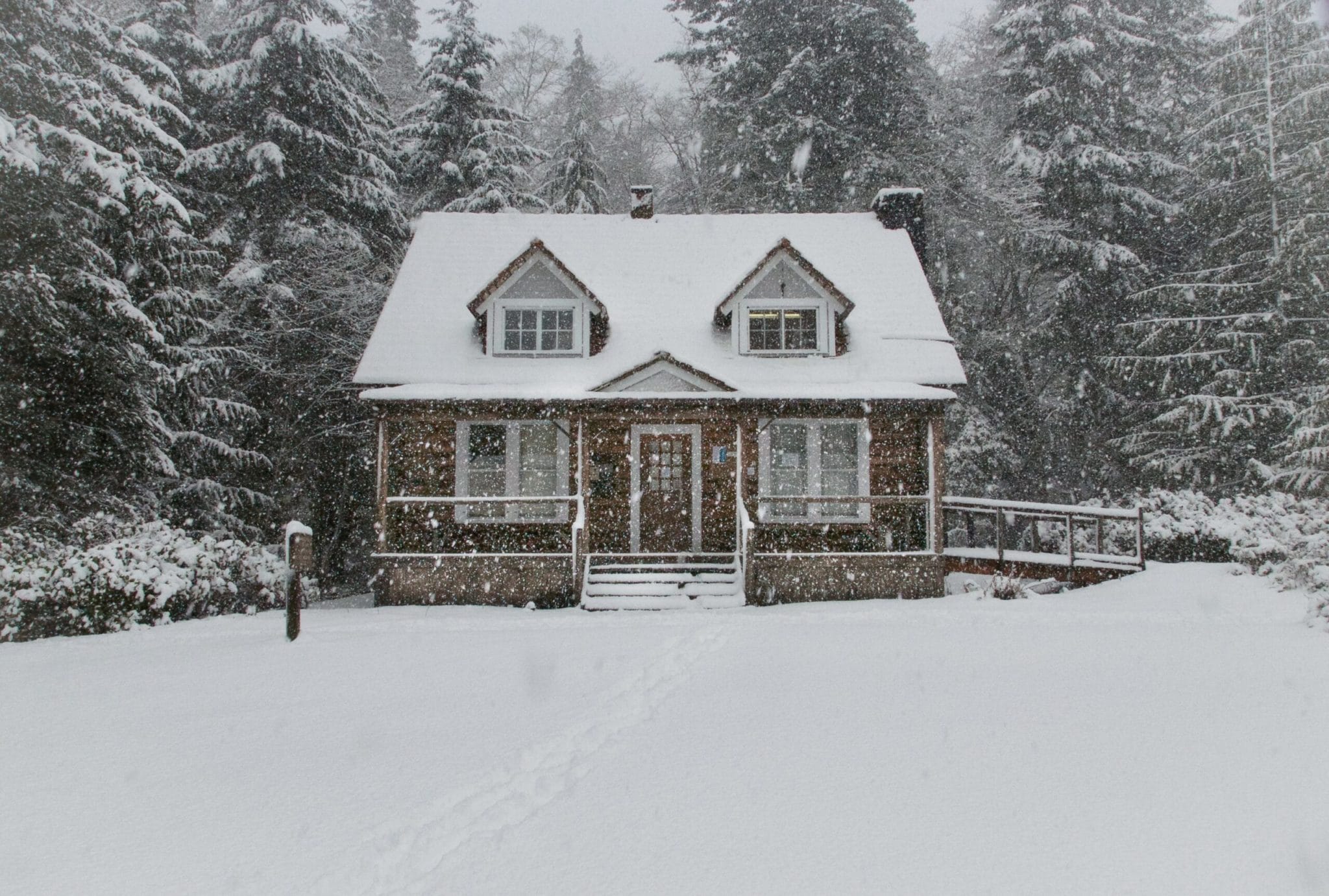
26 Jan Winter Damages That a Home Inspection Can Reveal
Different seasons bring different wear and tear on a home. Winter can be the harshest of all, with cold weather being tough on the exterior of the home. When Biller & Associates conducts a home inspection of a Northern Virginia home, we have an eye out for these particular issues.
Exterior Paint
Whether it’s the entire exterior, trim or doors and windows, any wood surfaces often have problems with peeling paint due to cold weather conditions. These details need to be checked and noted.
Gutters
In a cold winter with a lot of ice, there can be a significant accumulation in the gutters. Due to the weight of the ice, some damage or loosening may have occurred.
Wall Penetrations
Any place in any exterior wall where there is a breach may be an access point for moisture, debris, or pests. Places like cable, electrical, HVAC condensate lines all penetrate the wall, and in winter, the caulking can deteriorate. An inspection can identify areas where damage may have occurred and resealing needs to happen.
Garden Hose
Some homeowners don’t know that the exterior hose bibs need to be drained to make sure no pipes are damaged from freezing water in the pipes. This and other winter plumbing preparation should be checked to make sure cracks and deterioration have not happened.
Chimney
We’ve talked about Issues that Get Missed in a Home Inspection. The crown at the top of the chimney, around the brick edge can get cracked. This will allow water to penetrate, freeze, expand and increase the size of the cracks. Eventually, water can enter the structure of the chimney, causing damage.
Siding
In cooler temperatures, siding can contract, creating cracks between the siding pieces, and exposing the wall sheathing to the elements. These gaps are potential sources of weather damage if not sealed.
Shingles
Heavy winds can lift shingles in any season, but ice accumulating on a roof in winter can also sneak under shingles and lift them up, exposing the roof to potential damage.
Fun Fact: Directional Damage. Believe it or not, a compass is an important tool for a good home inspector. In Norther Virginia, the most common wind pattern according to Dulles Airport weather reporting is from the northwest. This means that the northwest side of the house will have more wind driven damage than other exterior surfaces and areas, so it warrants a careful inspection. Also, southern exposure can lead to additional damage from the light and heat of the sun. The first thing we do in an inspection is stand at the doorway with a compass and make sure the exterior directions are in mind while conducting the inspection.
Keeping the seasonal damages in mind is part of the inspection process. Cold temperatures can cause significant damage to the exterior of a home, and even lead to penetration of problems into the interior. A good home inspector knows to look for these issues and make sure the home is in good shape. Biller & Associates prides itself on inspecting and all seasonal risk areas as part of our process. Contact us today to schedule your home inspection.


